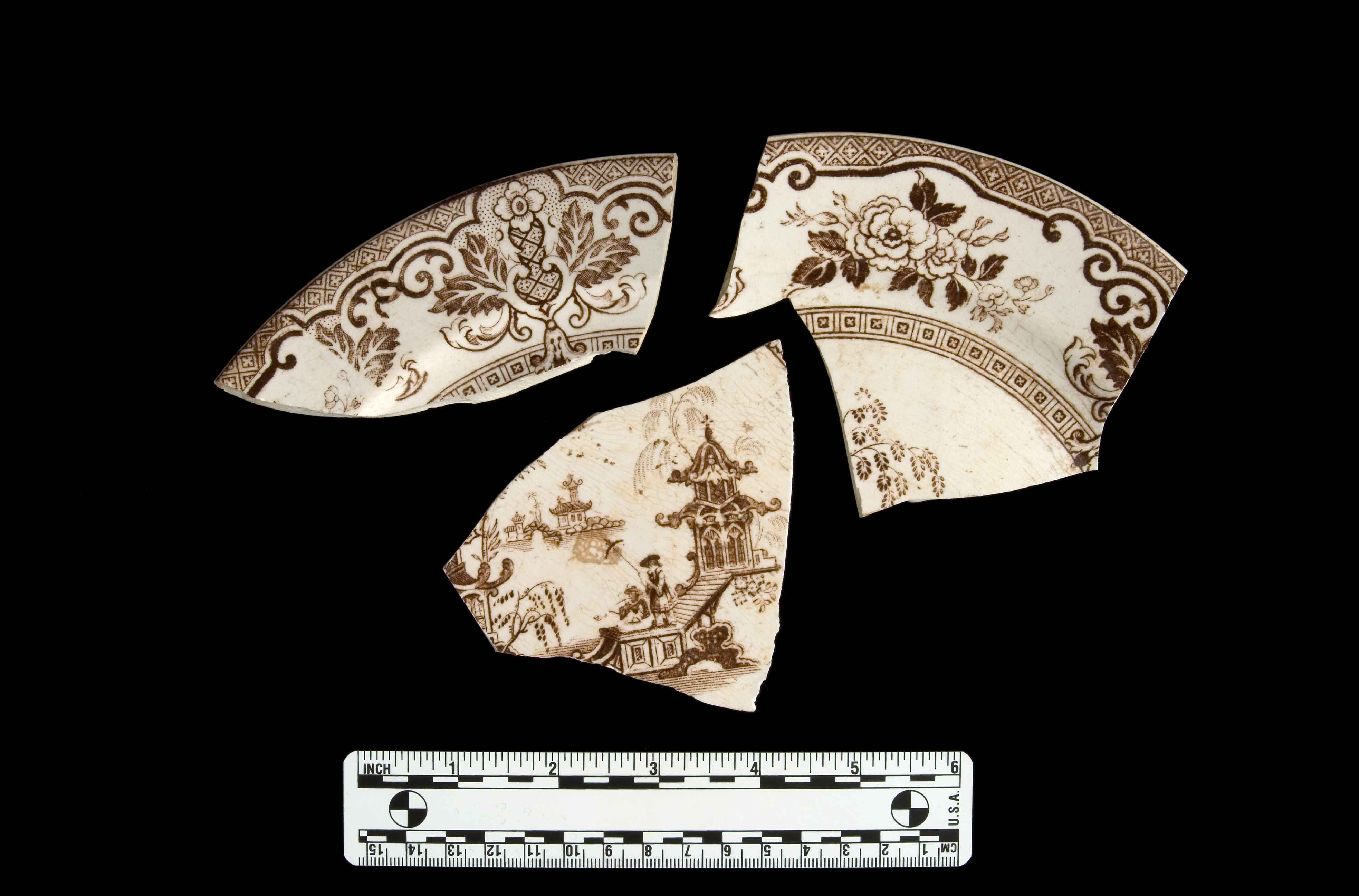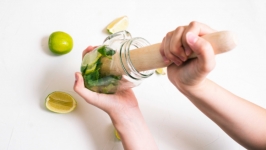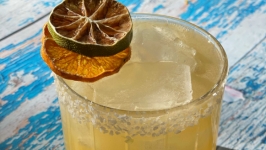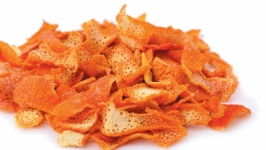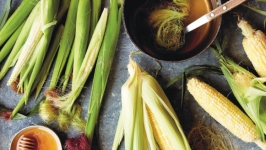Out Back: Historic Privies in Turn-of-the-Century Phoenix
To get the real story of food and culture in turn-of-the-century Phoenix, you have to go beyond the elegant tableware and stocked pantries of the city’s Victorian homes. You might have to go out the door, down the steps, and behind the house to the secluded location of one of the household’s most important and frequently-used features: the privy.
But don’t be too disgusted—privies, which served as both outhouses and trash pits, are actually one of the richest sources of information about health and diet in historic cities. Written records might show which foods were shipped or purchased in certain areas, but not everyone’s life was so well-documented. Historic newspaper articles and official records often reflect bias against immigrant neighborhoods, low-income areas, and business districts with saloons and brothels, as well as the people who lived and worked in those places. Archaeological excavation can go beyond written records to shed light on what these lives were like, beginning with what people ate and threw away.
A privy was not just for that kind of human waste. “People used it for disposal of food waste that comes from the kitchen. Anything broken went into the privy,” says Mark Hackbarth, a longtime Phoenix archaeologist who has excavated his fair share of privies. Privy pits still hold the inedible bones, fruit seeds, and eggshells left over from actual meals at the turn of the twentieth century.
Because of its place in the Southwest, Phoenix had a distinct food landscape. Animal bones tossed into privies reveal the kinds of meat people preferred or that was most available to them, and in this part of the world, that meant a lot of beef. Arizona’s ranching industry was clearly having an impact on food choices. Even Chinese immigrant communities, which in other parts of the country consumed mostly pork, cooked and discarded much higher percentages of beef bones in Phoenix privy data.
People who lived in the original Phoenix townsite ate many kinds of fruits still available in grocery stores today, as evidenced by grape seeds, fig seeds, peach and plum pits, and the seeds of tomatillos. “Green grocers” were stocked with fruits from all over the world by the railroad that arrived in 1888. Just outside the green grocer, however, was a fruit stand for local produce. Figs and pomegranates were popular crops grown in the Valley of the Sun’s warm climate, and local produce continued to form a significant part of people’s diets. Residents at the edge of town were more likely to have deer bones and evidence of homegrown produce in their trash.
Because they were trash receptacles, privies occasionally hold some strange artifacts. Empty bottles and tins that were tossed into privies form a record of early medical products, perfumes, and alcohols, but there are also items that might just form a record of accidents. “You’ll find doll parts. You’ll find coins,” says Hackbarth. “We found upper dentures—I guess you don’t sneeze when you’re in there.”


